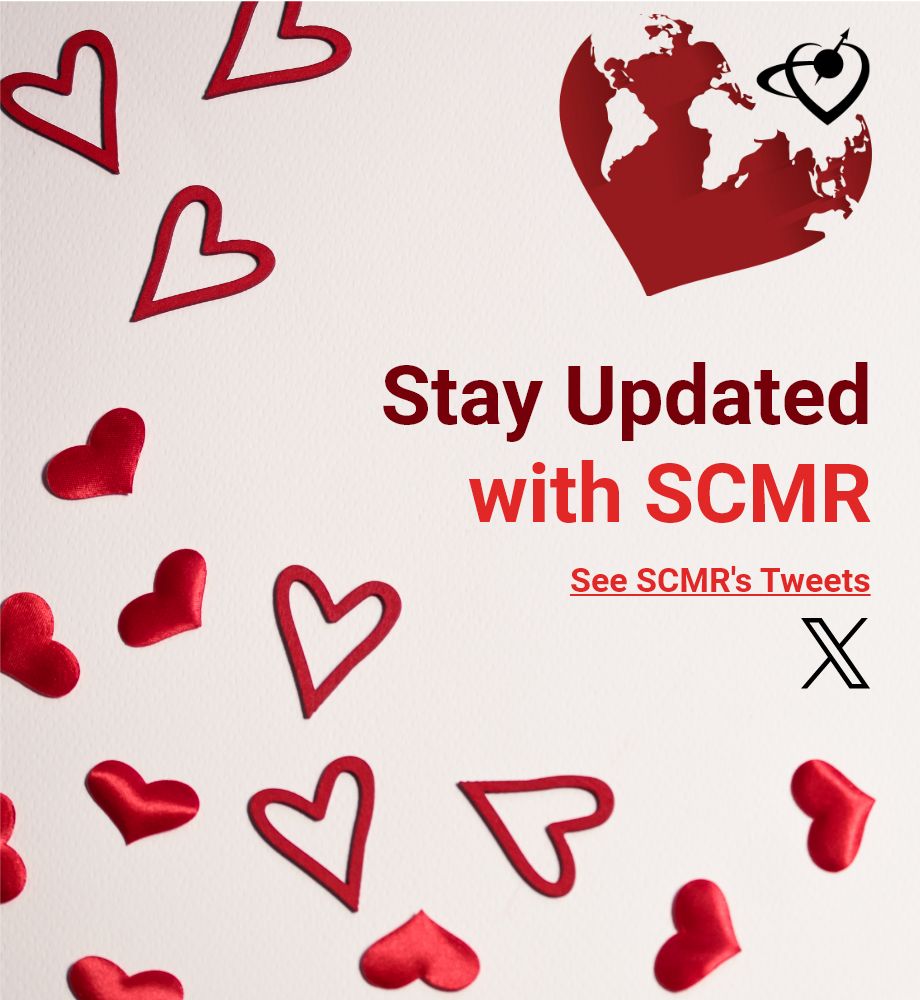Multiple studies have suggested that acute myocardial infarct imaging by CMR late gadolinium enhancement (LGE) may be problematic in the early period due to overestimation of true infarct size, a phenomenon attributed to a peri-infarct zone of edema and cellular injury known as the area at risk (AAR). The underestimation of viable tissue by LGE has real clinical implications, given that this parameter may be used to guide revascularization strategies. To that end, many different methodologies have been explored to hone in on predicting true infarct size (IS), including T1 and T2-weighted imaging, T1 maps, extracellular volume (ECV) mapping, LGE and the myocardial salvage index. ECV mapping has certain advantages over semi-automated thresholding methods, specifically that it is quantitative and also reflects more specifically extracellular matrix expansion than the other techniques.
Garg et al sought to further investigate ECV mapping parameters to better differentiate and quantify area at risk and true infarct size in Circulation: Cardiovascular Imaging. What is the cutoff between AAR and infarct size? Are ECV maps good enough to estimate AAR; and if so, are they better than LGE? And perhaps the truest test: does AAR by ECV maps predict real non-viability at 3 months?
In their study, fifty patients post ST-elevation myocardial infarction (STEMI) were imaged acutely within 24-72 hours and again after 3 months with a standard protocol, involving cine, T2 weighted imaging, native and post-gadolinium T1 maps, as well as LGE. The ECV maps were derived from the native and post-gadolinium T1 maps and hematocrit. The authors determined an ECV threshold of 33% for AAR and 46% for final infarct size to compare most favorably with the follow up study’s LGE.
The results were intriguing: ECV mapping at the thresholds described proved to be additive above and beyond the current armamentarium, to further discriminate final infarct size and the area at risk, and to better predict non-viable segments. Read more here.







